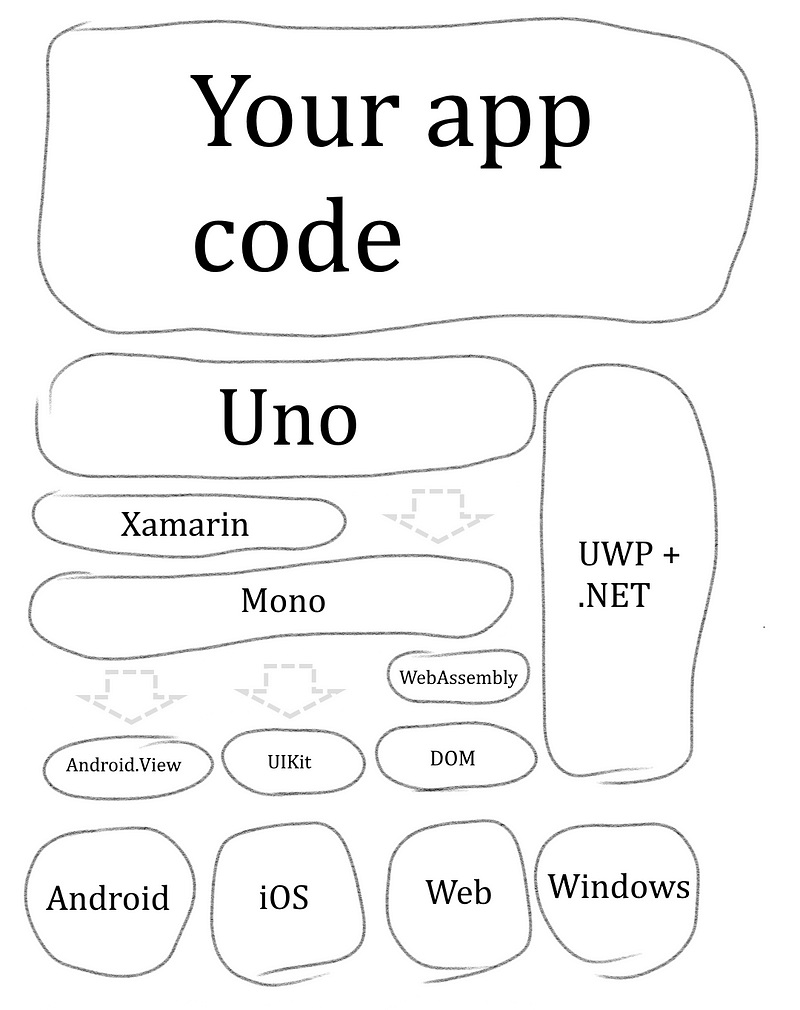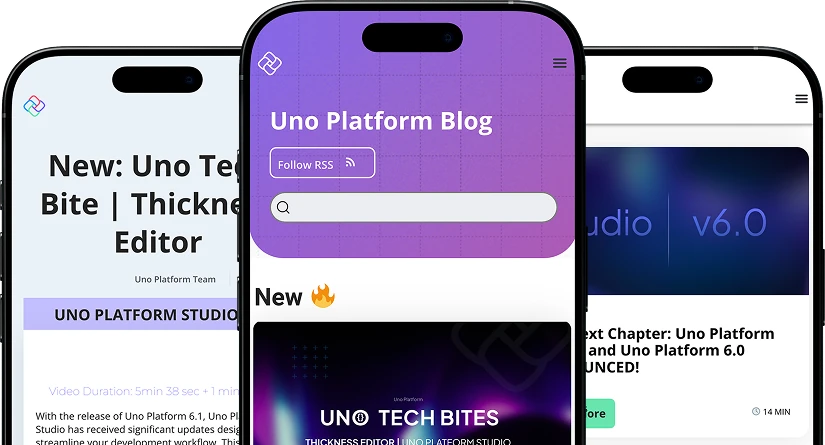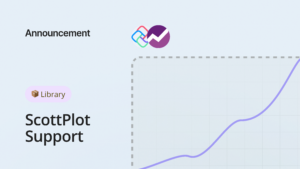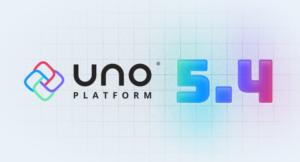By now you may have heard about Uno. In this post series, I want to lay bare Uno’s technical innards. We’ll look at the critical code that powers the platform, and chart the ups and downs of building a UI platform.
First, let’s get the lay of the land.
The Uno Stack
Uno is a cross-platform UI framework. You write an app in C# and UWP-flavoured XAML markup. It runs on Windows because it’s a UWP app. With Uno, it runs on Android, iOS, and (for the brave) in the browser via WebAssembly as well.
I drew a neat sketch of the tech stack.

On iOS and Android, Uno uses Xamarin to access the platform’s native framework. In the web version, it’s running directly on top of Mono, which in turn is running on top of WebAssembly.
So what’s Uno doing?
There are a few things that need to be done to get your app running:
-At compile time, Uno parses XAML files into C# code, creating the information needed to build the app’s visual tree;
-It implements a complete DataBinding engine, optimized for static type-checking where possible;
-It implements the views and controls in the UWP framework, using each platform’s native UI framework as a basis.
Each of those items warrants a post on its own, so I’ll move on before I get bogged down.
The Tao of Uno
Before I end this introductory post, I want to briefly lay out the philosophy of Uno, which has guided our major architectural decisions as we’ve built this thing.
1. Leverage existing tools
We stand on the shoulders of giants. Microsoft’s tooling is a treat to work with: Edit and Continue, Live Visual Tree, the list goes on. The promise of Uno is to build your app with those tools and then deploy it to iOS, Android, and ultimately to the web.
2. Create rich, responsive UIs
Bland apps don’t quite cut it these days. Strong support for animations, templating, and custom visual effects is a must. And when phones come in all sizes and manufacturers are gouging holes out of the screen area, your app’s layout had better be responsive.
3. Let views do views
Separation of model, view, and presentation keeps your code loosely coupled and easy to maintain. Features like databinding and attached properties let you write clean, elegant MVVM-style code.
4. Native intercompatibility/Escape Hatch
100% code reuse is the ideal, but it should also be easy to access functionality specific to a single platform or to incorporate native third-party libraries.
5. Performance is a feature
The slow antelope gets eaten, and the slow app gets 1-star ratings. We’ve done a lot of optimization on the basis of profiling in real-world use cases, and we’ll continue to do so.
I think this is a good place to stop. In the next post, I’ll take up the tale of my favorite UI control: ListView.



 Subscribe to Our Blog
Subscribe to Our Blog 
 Subscribe via RSS
Subscribe via RSS Back to Top
Back to Top

